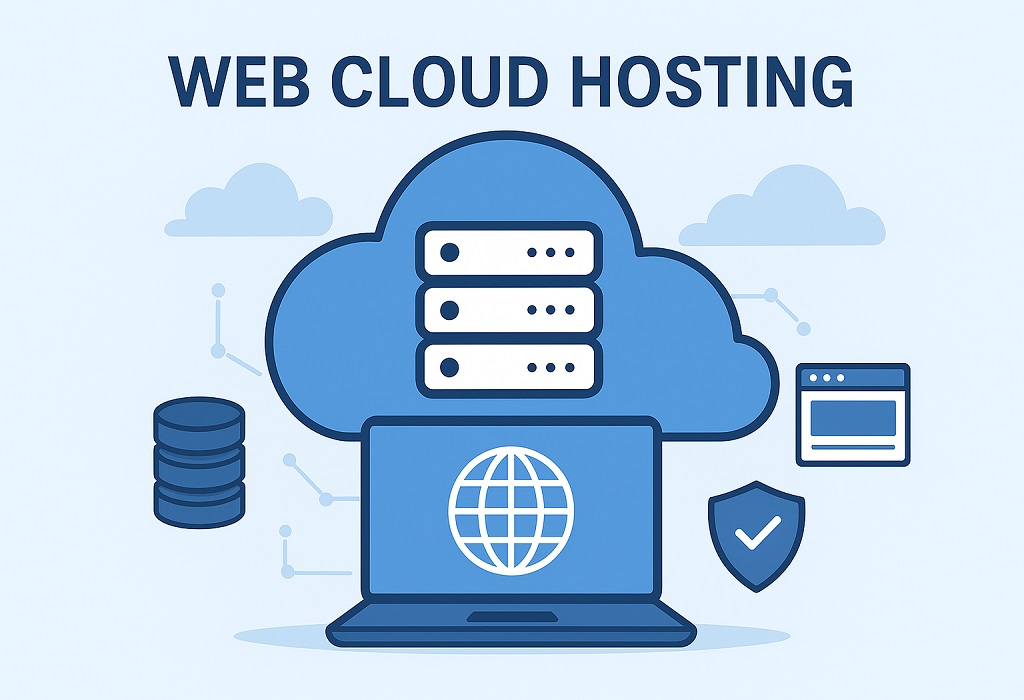In the wake of a global digital health revolution, Remote Patient Monitoring (RPM) has emerged as a critical lifeline for both clinicians and patients. With chronic conditions on the rise and healthcare costs skyrocketing, the ability to monitor patients outside traditional settings has never been more vital. According to a report by Insider Intelligence, 70.6 million U.S. patients are expected to use RPM tools by 2025—a staggering figure that signals a major shift in how we deliver care.
But what truly powers this transformation behind the scenes? The answer lies in Artificial Intelligence (AI)—a game-changing force driving precision, personalization, and proactivity in modern healthcare. This blog explores how AI supports remote patient monitoring, addresses the challenges in this domain, and showcases real-world impact across various care settings.
Understanding Remote Patient Monitoring in 2025
Remote Patient Monitoring involves the collection and transmission of patient data—such as heart rate, glucose levels, oxygen saturation, or weight—outside traditional healthcare settings. Devices like wearables, biosensors, and mobile health apps continuously send these health metrics to care teams in real time.
While RPM has been around for years, its capabilities have grown exponentially with the integration of AI. Machine learning algorithms, predictive analytics, and natural language processing are allowing RPM systems to become far more than passive data collectors—they’re becoming intelligent decision-making engines.
The Challenges of Traditional Remote Monitoring
Despite its promise, conventional RPM systems face several limitations:
- Data Overload: Clinicians are often swamped with unfiltered, raw patient data that lacks contextual insight.
- Reactive Models: Most systems flag problems only after symptoms escalate.
- Low Patient Engagement: Without intelligent feedback loops, patients often disengage from self-monitoring tools.
- Manual Interpretation: Health professionals still need to interpret large volumes of data, slowing response time.
AI addresses these challenges head-on by bringing automation, pattern recognition, and real-time risk detection into the picture.
How AI Transforms Remote Patient Monitoring
1. Predictive Analytics and Early Intervention
AI models are trained on millions of data points to detect subtle patterns that might indicate worsening health conditions. For example, an AI-powered RPM system can analyze trends in heart rate variability and predict a potential cardiac event days before symptoms arise. This leads to faster interventions and better patient outcomes.
2. Personalized Health Insights
Not all patients are alike. AI enables RPM systems to tailor alerts and recommendations based on individual health profiles, history, and lifestyle. This personalization enhances accuracy and minimizes false positives.
3. Automated Triage and Decision Support
AI assists care teams by categorizing patient data based on urgency. If a diabetic patient’s glucose reading spikes unexpectedly, the system automatically flags it for immediate review, ensuring high-risk cases get prompt attention.
4. Natural Language Processing (NLP) for Physician Efficiency
NLP tools can sift through doctors’ notes, discharge summaries, and EHR entries to extract relevant clinical information. This supports better patient monitoring without requiring manual documentation reviews.
5. Voice-Enabled Interfaces and Chatbots
Patients can now interact with AI-powered chatbots to report symptoms, get medication reminders, or seek general advice. This constant engagement improves adherence to treatment plans and reduces hospital visits.
Real-World Applications of AI-Enabled RPM
Chronic Disease Management
AI is particularly useful in managing chronic conditions like diabetes, hypertension, COPD, and congestive heart failure. For instance, an intelligent insulin monitor might alert both the patient and provider when patterns suggest a need for insulin adjustment.
Post-Surgical Monitoring
AI-driven systems monitor vitals post-discharge to detect early signs of infection or complications, enabling timely readmission or virtual consultations when needed.
Elderly and At-Home Care
For aging populations, AI facilitates fall detection, daily activity monitoring, and medication compliance, ensuring independent living with a safety net.
Mental Health Tracking
Wearables combined with AI can now analyze speech patterns, sleep cycles, and social behavior to detect early signs of depression or anxiety, offering timely mental health support.
Role of AI in Patient Engagement and Behavioral Insights
Beyond clinical metrics, AI is reshaping how patients engage with their own care. Behavioral AI can assess whether a patient is likely to stick to a medication regimen or attend follow-up appointments. Based on these insights, it sends motivational nudges or assigns digital health coaches to improve engagement.
This proactive approach empowers patients, turning them from passive recipients into active participants in their health journey.
Integration with EHRs and Healthcare Workflows
AI-enhanced RPM solutions seamlessly integrate with Electronic Health Records (EHRs), eliminating siloed systems. For example, when a patient’s blood pressure spikes, the AI tool logs it into the EHR, compares it with past records, and suggests whether medication adjustment is necessary—all in real-time.
Such systems reduce clinician burden while ensuring that no critical information is missed during consultations or rounds.
Data Privacy, Ethics, and Security
With great data comes great responsibility. AI-powered RPM systems must adhere to strict data security and privacy standards like HIPAA and GDPR. Companies are now employing federated learning—where models are trained without exchanging raw patient data—to safeguard information while enabling intelligent analysis.
Transparency in algorithm design and explainable AI are also becoming essential to ensure clinicians trust the system’s recommendations.
How Providers Are Leveraging AI Through Partnerships
Healthcare providers often collaborate with technology partners to build or integrate AI into their RPM platforms. For example, a growing number of hospitals are now partnering with an AI development company in NYC to build custom remote monitoring dashboards with predictive insights, voice-enabled patient assistants, and integrated alerting systems. These partnerships are accelerating innovation while ensuring compliance with healthcare regulations.
Measuring ROI and Patient Outcomes
AI-powered RPM tools not only reduce hospital admissions but also lower the cost per patient, shorten lengths of stay, and improve satisfaction scores. A study by the American Journal of Managed Care revealed that RPM programs reduced hospital readmissions by 76% for heart failure patients when integrated with AI triage systems.
The return on investment is evident—not just in dollars, but in healthier, more empowered patients.
Future Trends: Where Is AI in RPM Headed?
- Edge AI for On-Device Processing: Reduces latency and preserves data privacy.
- AI + Genomics: Personalized care plans based on genetic profiles.
- Cross-Device Interoperability: Unified dashboards for wearables, home medical devices, and smartphones.
- Augmented Reality (AR) in Remote Visits: Enabling clinicians to visualize patient vitals during virtual care sessions.
These advancements will further blur the lines between hospital and home, making care truly continuous and patient-centric.
Conclusion
AI is revolutionizing Remote Patient Monitoring by making it more predictive, personalized, and efficient. From chronic care management to mental health support, the synergy of AI and RPM is reducing the distance between patients and providers—both literally and figuratively.
For healthcare providers, embracing AI in remote monitoring is no longer a futuristic vision—it’s a strategic necessity. The future of care isn’t just in clinics or hospitals; it’s in homes, on wrists, in apps—and increasingly, inside intelligent algorithms guiding every decision.
FAQs
1. What is remote patient monitoring (RPM)?
Remote patient monitoring is a healthcare delivery method that uses digital technologies to monitor and collect medical data from patients outside traditional clinical settings, usually in real time.
2. How does AI improve the effectiveness of RPM?
AI enables real-time analysis, personalized insights, predictive alerts, and faster triage by identifying early signs of health issues and automating decision support for care teams.
3. Is AI-based RPM secure and HIPAA-compliant?
Yes. Most AI-powered RPM platforms follow stringent data protection protocols and standards like HIPAA and GDPR. Many use encrypted transmission, secure cloud storage, and anonymized data for analysis.
4. What types of conditions can be monitored using AI-powered RPM?
Conditions include diabetes, hypertension, chronic heart failure, COPD, post-operative recovery, mental health, and more.
5. Can patients interact with AI in remote monitoring systems?
Absolutely. AI-driven chatbots and voice assistants help patients with symptom reporting, medication reminders, and even behavior coaching, improving engagement and outcomes.
6. What should healthcare providers look for when choosing an AI-powered RPM solution?
Key factors include data accuracy, EHR integration, predictive capabilities, user interface simplicity, security compliance, and scalability for future needs.






